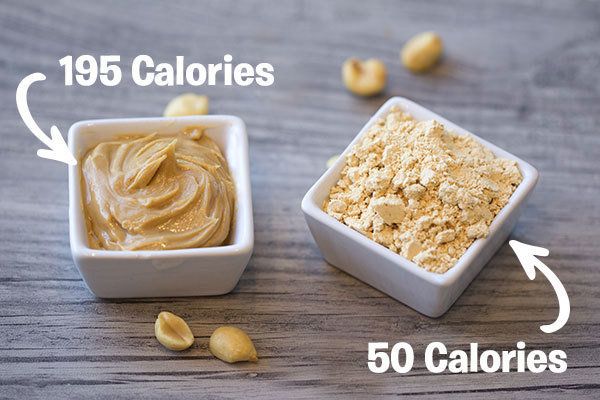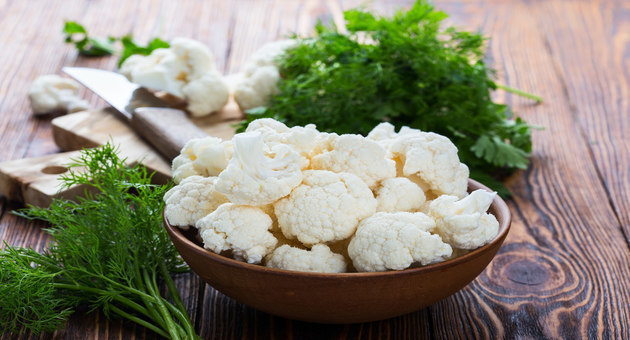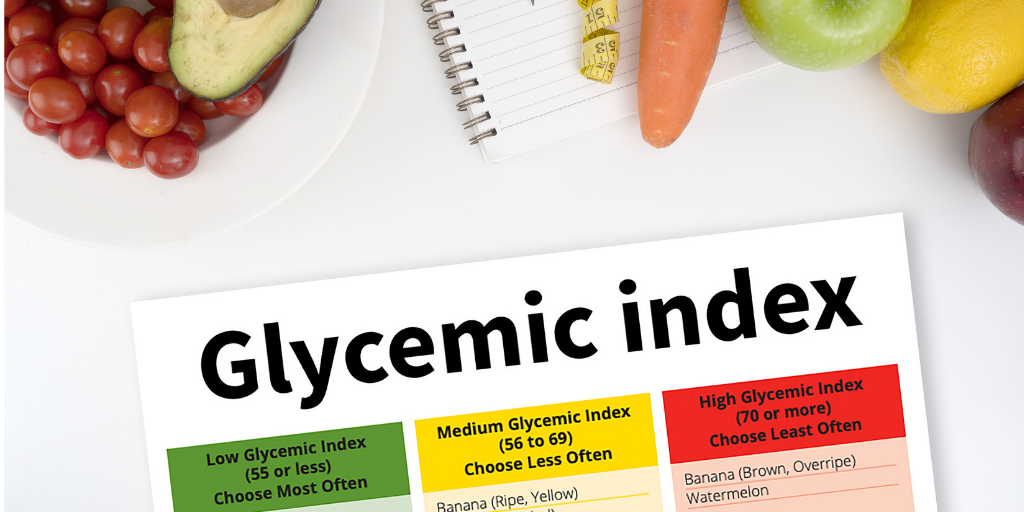PB2 powdered peanut butter is a new spin on classic peanut butter.
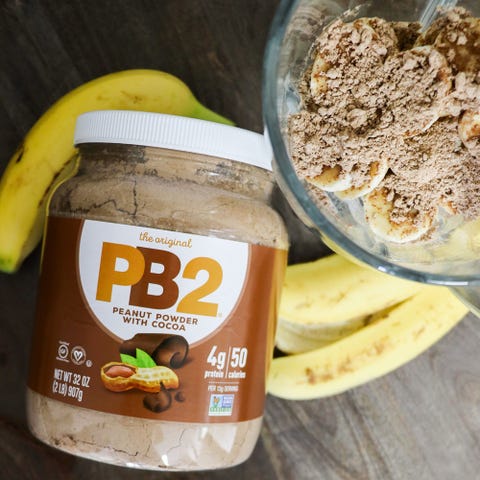
It is made by pressing out most of the natural oils from roasted peanuts and then grinding the nuts into a fine powder.
The result is a powdered peanut product that is packed with flavor but contains 85% fewer calories from fat. It can be used as a powder or rehydrated with water to form a paste.
Some hail PB2 as a low-calorie solution for peanut butter lovers, while others are concerned about the nutritional consequences of removing the fat from peanuts.
This article will review the pros and cons of PB2 powdered peanut butter and help you decide whether it is a good choice for you.
It Contains Fewer Calories

PB2 powdered peanut butter contains dramatically fewer calories than traditional peanut butter since most of the calorie-rich fats have been removed.
Two tablespoons of natural peanut butter provide about 190 calories, while two tablespoons of PB2 provide just 45 calories.
PB2 is also a good source of fiber and protein, which studies show can help regulate appetite .
Powdered peanut butter may be a good fit for people looking for easy ways to reduce their calorie intake or for those on restricted-calorie diets.
However, research has shown that regularly consuming peanuts does not contribute to weight gain, even though nuts are a rich source of calories and fat .
This may be because nuts increase satisfaction and fullness after a meal, which naturally decreases calorie intake from other foods throughout the day.

The unsaturated fats found in peanuts may also help the body burn more calories while at rest, but this effect has not been replicated in all studies. More research is needed.
Yet, keep in mind that commercial peanut butter often contains added vegetable fats. For this reason, powdered peanut butter is probably better for your waistline.
SUMMARY
PB2 contains fewer than one-third of the calories of traditional peanut butter, so it is probably better for weight loss than traditional peanut butter.
It Has Less Fat Than Regular Peanut Butter
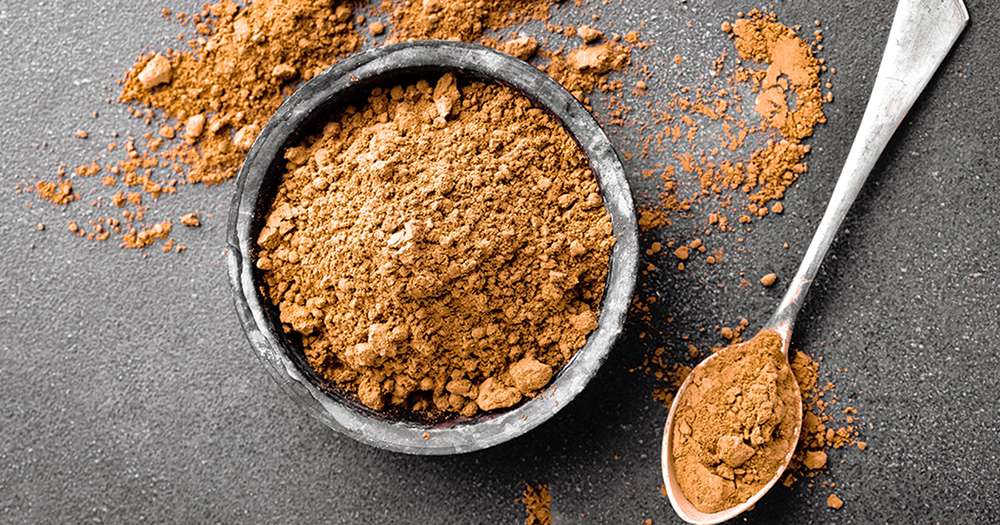
Traditional peanut butter is a rich source of fat, containing 16 grams per two tablespoons, while PB2 contains just 1.5 grams of fat in the same serving .
However, the fats found in peanuts are predominantly unsaturated and generally considered beneficial for health .
Research shows that oleic acid, the main type of fat found in peanuts, can help lower blood pressure, decrease inflammation and reduce the risk of heart disease .
Consuming PB2 instead of full-fat peanut butter may be a missed opportunity to add more monounsaturated fats to your diet.
However, whether this is a concern depends on if there are other sources of monounsaturated fats in your diet, such as olive oil and avocados .
SUMMARY
PB2 contains 85% less fat than regular peanut butter, but the monounsaturated fats found in peanuts are generally regarded as heart-healthy.
It May Contain Fewer Fat-Soluble Vitamins

Since most of the fat has been removed from powdered peanut butter, there is concern that the fat-soluble vitamins are lost as well.
Peanut butter is not a significant source of the fat-soluble vitamins A, D or K, but it is a good source of vitamin E. Two tablespoons provide 14% of the RDI .
Vitamin E is a fat-soluble vitamin that functions as an antioxidant in the body. Antioxidants help fight the damaging effects of free radicals to reduce inflammation and cellular damage.
While the nutrition facts label for PB2 does not contain information on vitamin E content, analysis of a similar product, peanut flour, can provide a comparison.
Defatted peanut flour, which is made by grinding up defatted peanuts, contains zero grams of fat and no vitamin.
Since most of the fats have been removed from PB2, it is likely that powdered peanut butter is no longer a good source of vitamin E.
Unfortunately, up to 80% of teens and adults fail to meet the recommended daily intake of vitamin E .
For this reason, traditional peanut butter may be a better choice for those not already consuming foods high in vitamin E like nuts, nut oils, fish, avocados, wheat germ or wheat germ oil.
SUMMARY
While natural peanut butter is a good source of vitamin E, PB2 is probably not a significant source of this important antioxidant.
PB2 Contains Added Sugar and Salt

Since much of the fat has been removed from powdered peanut butter, it lacks the creamy mouthfeel and rich flavor of traditional peanut butter.
To help improve the taste of the product, small amounts of sugar and salt are added.
However, since PB2 only contains one gram of total sugar per serving, it is unlikely to be a significant source of added sugar unless you eat it in very large quantities .
PB2 also contains added salt, though less than the amount found in most types of traditional salted peanut butter — 94 mg versus 147 mg per serving.
PB2 is also available in chocolate flavor, which is made by blending cocoa powder, sugar and salt with the peanut powder.
While both the original and chocolate flavors of PB2 contain small quantities of added sugar and salt, other brands of powdered peanut butter may offer sugar- and salt-free versions.
SUMMARY
PB2 contains very small amounts of added sugar and salt, but this is unlikely to be a concern unless it’s eaten in very large quantities.
Powdered Peanut Butter Is Easy to Cook With

PB2 offers a quick and easy way to add peanut flavor to dishes.
It can be used directly in its powdered form or rehydrated with water to make a paste.
Since the powder contains little fat, it mixes more easily with liquids than traditional nut butter. It can also be used as a dry seasoning, unlike regular peanut butter.
When used as a powder, PB2 can be:
- Sprinkled onto oatmeal
- Blended into smoothies
- Stirred into batters
- Used to flavor sauces
- Shaken onto popcorn
- Mixed with flour to dredge meats
When rehydrated into a paste, PB2 can be enjoyed as a dip or used as a filling for homemade treats.
However, PB2 paste lacks the creamy texture and rich mouthfeel of peanut butter and can sometimes be described as grainy or slightly bitter.
SUMMARY
PB2 can be used in many of the same ways as traditional peanut butter but can also be used as a dry seasoning.
It Can Be Less of a Choking Hazard

Traditional peanut butter is not recommended for people who have a high risk of choking, such as the elderly or children under the age of four.
This is because its sticky texture can easily block windpipes and become a choking hazard .
To be safely served to these populations, traditional peanut butter must be thinned with water, spread lightly onto items or blended into foods.
Powdered peanut butter offers an alternative way to add peanut flavor to foods without increasing the risk of choking.
It can be lightly sprinkled onto snacks, stirred into creamy foods like yogurt or mixed with water to form a light peanut butter sauce.
However, it should not be served as a rehydrated paste, since it may still pose a choking hazard in this form.
SUMMARY
Powdered peanut butter can be a useful peanut butter substitute for people who have a high risk of choking.
The Bottom Line

PB2 powdered peanut butter is a low-calorie, low-fat alternative to traditional peanut butter.
It has 85% fewer calories from fat and may be a good option for people on restricted calorie diets.
It does contain a small amount of added sugar and salt, which may be wise to consume in moderation.
Since PB2 can be easily thinned or stirred into liquids, it can be a good alternative to nut butter for those at a high risk of choking.
However, PB2 is a highly processed food product, and some of the nutrients from the peanuts have been removed. It contains fewer monounsaturated fats and less vitamin E than regular peanut butter.
Since PB2 is less nutritious than regular peanut butter, and eating nuts is linked to many health benefits, traditional peanut butter may be a better choice for most people.
